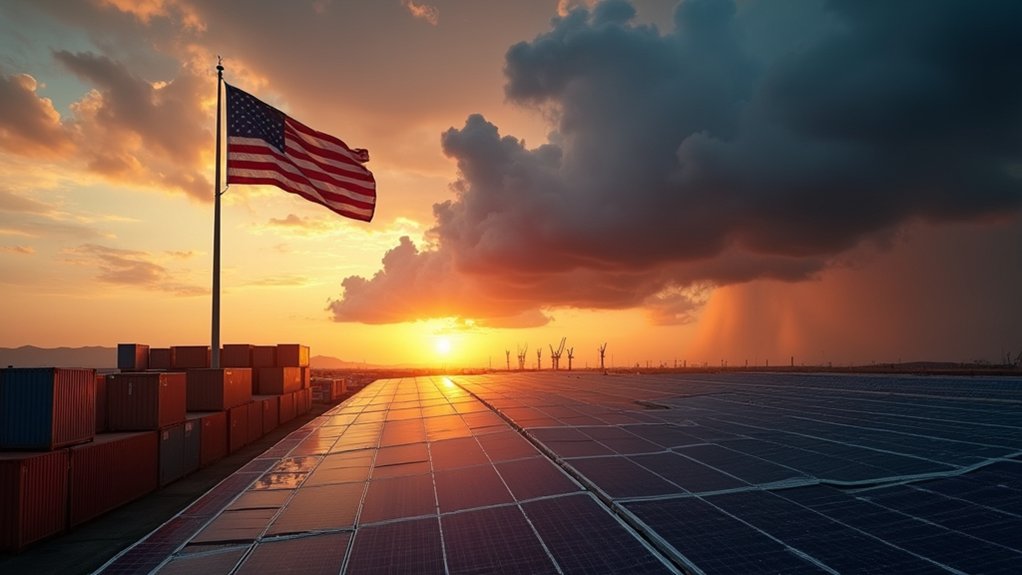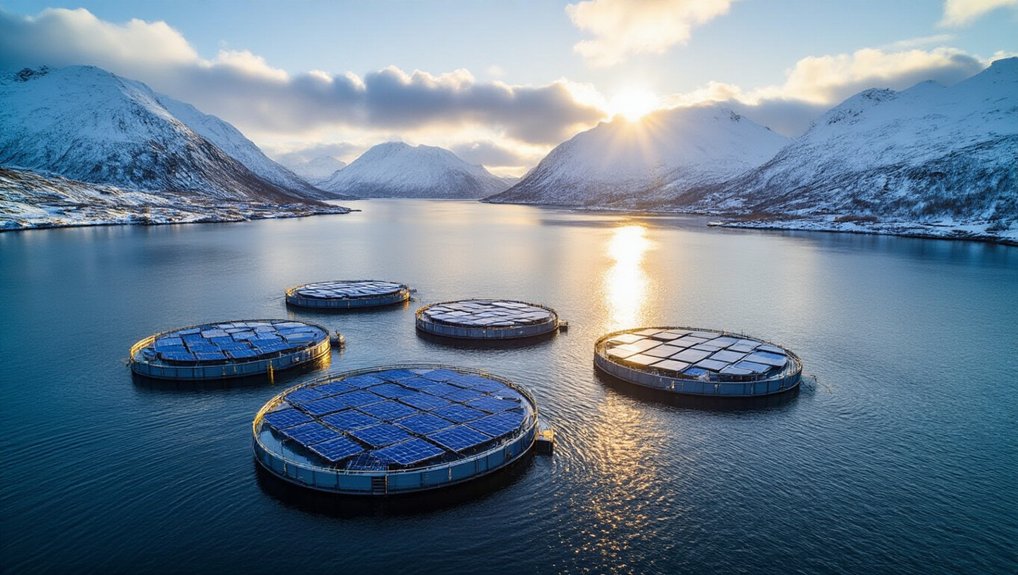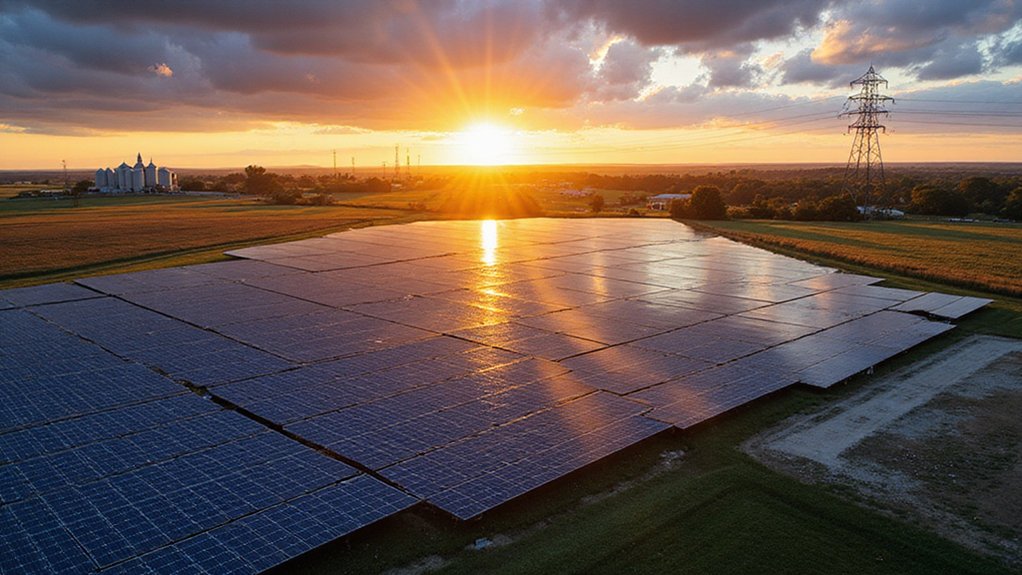The Trump administration is raising tariffs on solar imports from China and Southeast Asian countries to protect U.S. manufacturers. Since January, tariffs on Chinese solar wafers and polysilicon increased to 50%. This represents a significant hike from current rates.
The government has also placed a 25% tariff on tungsten products from China. These products include bars and sheets used in solar manufacturing. Some Chinese solar imports already face duties up to 60% when anti-dumping and countervailing duties are applied.
The White House says these tariffs aim to counter China’s unfair trade practices. Officials point to Chinese industrial overcapacity and state subsidies as problems that hurt American businesses. The tariffs also seek to strengthen U.S. solar manufacturing and make supply chains more secure.
Chinese industrial policies are damaging U.S. businesses, while these tariffs will bolster domestic manufacturing and improve supply chain security.
The impact on U.S. solar companies is mixed. Panel makers who rely on imported cells and wafers will face higher costs. This could raise prices for domestic solar panels. Solar installers will likely see their profit margins shrink. Some U.S. factories have put expansion plans on hold due to uncertainty in the market. These measures echo the first significant tariffs imposed on Chinese solar products back in 2012, which similarly aimed to boost domestic manufacturing.
China still dominates global solar production, making 89% of solar-grade polysilicon as of 2022. When earlier U.S. tariffs were imposed, many Chinese companies moved operations to Southeast Asian countries like Malaysia and Vietnam. The new tariffs now target these relocated operations too.
The tariffs create a complex situation: global oversupply has pushed solar prices down, but new tariffs could make U.S. prices higher. This might slow down solar installations across the country just as more Americans want clean energy. Industry reports show solar energy now accounts for over half of all new electricity on the U.S. grid.
Canada and Mexico will also face new tariffs on solar products, though these have been delayed. The expanded tariffs are part of a broader trade tension between the U.S. and China that includes other strategic products like electric vehicles and semiconductors.
Despite these challenges, U.S. solar capacity reached 220 gigawatts in 2024, providing 7% of the country’s electricity needs.
References
- https://www.energea.com/us-solar-panel-tariffs-history-impact/
- https://www.constructlaw.com/2025/02/10/navigating-the-solar-industrys-path-through-tariffs-and-growth/
- https://www.pv-magazine.com/2025/02/05/us-government-raises-solar-polysilicon-wafer-and-cell-tariffs-from-china-to-60/
- https://www.utilitydive.com/news/ustr-biden-tariff-increase-wafers-polysilicon-tungsten/735300/
- https://www.marketplace.org/2024/12/02/why-new-tariffs-on-solar-cells-could-make-domestic-panels-more-costly/









